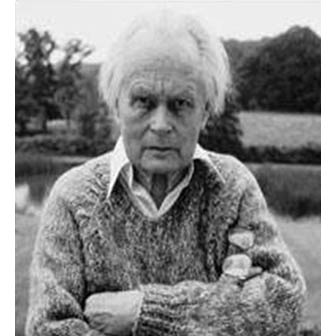Site Information
 Piet Hein (1905-1996)
Piet Hein (1905-1996) Piet Hein obtained a general certificate from the Metropolitan Grammar School in Copenhagen, and subsequently he took the introductory course in philosophy at the University of Copenhagen in the autumn of 1924. For a time he left the university in order to attend private art schools in the capital, and he also spent some time as a student at the Royal Swedish Academy of Fine Arts in Stockholm.
He came back to Denmark and apparently he changed his course again studying philosophy and theoretical physics at the University of Copenhagen, at the Technological University and at Niels Bohr Institute.
Perhaps this accounts for Piet Hein's fundamental distinction. For him there was no unbridgeable gap between the subjectivity of the fine arts and the objective world of science. Throughout life he grew and expressed himself both as an artist and a scientist. He has been called a universalist. In that way a spiritual affinity existed between him and the Renaissance ideal - a modern variant of Leonardo da Vinci. However, contrary to the historical ideals, in Piet Hein's works is found an easily recognizable element whether it is a matter of scientific publications , essays, poetry or architecture. The special Piet Hein touch is the superiority of the form in relation to the objectives, the medium and - for that matter - the contents.
Piet Hein's world is almost the epitome of design. His recognisable style of language and material turns design into art. He belonged to the generation which also included some of the cultural leftists of the interwar years and later on those of the flower power generation, but he chose to go neither with nor against the current. Piet Hein chose his own course. The headlines of this course were only few, and they accompanied him in a poetic and architectural production for almost sixty years. Were his production to be collected under one single subject heading, the word harmony would probably be the most adequate.
In 1944 Piet Hein explained his working method in this way: "Art is solution to problems which cannot be formulated clearly before they have been solved". Other people have very aptly called his working method architectural poetic design.
E-mail: sales@designlamps.net TEL: +8613725581982
Copyright © 2005 www.designlamps.net All Rights Reserved



